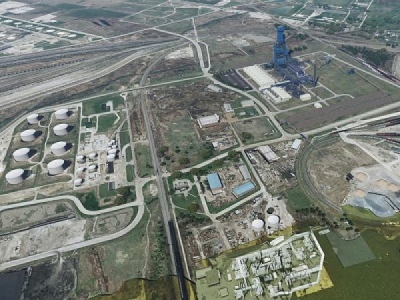
Posted on February 13, 2018
By Elizabeth Miller, ideastream
The Great Lakes Waterways Conference took place last week in downtown Cleveland. Sessions over the two-day meeting focused on autonomous technology, government partnerships, and Great Lakes developments.
New plant in Toledo will increase shipping for city’s port
Cleveland Cliffs, an iron ore manufacturer, is opening the plant, the first of its kind in the Great Lakes. It produces hot briquetted iron, using new technology. The iron will then travel to steelmaking companies in Ohio and Indiana.
Joe Cappel is Vice President of Business Development for the Toledo-Lucas County Port Authority. He says the new plant will be a boon to marine traffic out of Toledo.
“We’ll be in the 10-12 million ton per year category — that makes us one of the largest US ports on the Great Lakes system,” said Cappel. “The 2 million inbound tons will come in on approximately 100 lake trading vessels.”
Representatives from the Toledo Port and Cleveland Cliffs will speak this week at the Great Lakes Waterway Conference in Cleveland. Cappel says it’s an exciting sign of a possible future for the region.
“People look at the Great Lakes shipping industry as really a dying industry,” said Cappel. “At least at the Port of Toledo, that certainly is not the case.”
For Army Corps of Engineers, funding remains a challenge
The US Army Corps of Engineers will give a navigation system update Wednesday. Josh Feldmann of the Army Corps Buffalo District will speak about some of the agency’s challenges — chiefly having enough money for things like dredging operations and navigation structure maintenance. Feldmann says the aging state of breakwaters and other structures puts ships at risk.
“We’re losing stone – it’s being displaced, its settling, its moving,” said Feldmann. “Some of them are 100 years old, most of them are more than 50 – stone work and bulk heading work is not cheap work.”
The Corps’ other challenges include the need to replace one of the Soo Locks connecting Lake Superior and Lake Huron, as well as the management and reuse of 3.5 million cubic yards of material dredged from Great Lakes waterways.
Source: ideastream





